(cont’d from June 2021 blog)
| Nicholas Flood Davin’s grave site, Beechwood National Cemetery, Ottawa, ON, Canada. He was Conservative MP for Assiniboia West from 1887 – 1900 and is considered one of the architects of the Canadian Indian Residential School system. In 1879 he wrote a Report known as The Davin Report, in which he advised the Government of Canada to institute residential schools for Indigenous children based on an American model and in which disease spread and many died and were buried in unmarked graves. Mary Ellen Turpel-Lafond, director of the Indian Residential School History and the |
| How ironic & deplorable that Davin has such a grave marker in sharp contrast to most First Nations children who died in the schools & lie either in unmarked graves or ones like this: A grave marker denoting one of 72 graves at the Battleford Industrial School, NWT now Sask [1883-1914] cemetery. The graves were excavated in 1974 by a team from the University of Saskatchewan. PHOTO BY SASKG/WIKIMEDIA COMMONS (National Post) |
One explanation: Government, police, church and news media collaborated;
Story by Story, Canada’s News Media Built Indigenous Oppression
How relentlessly racist framing helped ‘write’ the Indian Act — and persists today.
Read more...
| Author Katłįà (Catherine) Lafferty wrote: “On July 6, 1885, Sir John A. Macdonald rose in Parliament to reaffirm the by then well-established colonial portrait of Indigenous peoples as a danger to society and spreaders of illness. “I have not hesitated to tell this House, again and again, that we could not always hope to maintain peace with the Indians; that the savage was still a savage, and that until he ceased to be savage, we were always in danger of a collision, in danger of war, in danger of an outbreak,” he said. |
If Joseph had wanted to make it 22 things, he could have added that the Indian Act was the result of words not just by politicians but also Canada’s press, each feeding the other in a vicious circle of denigrating stereotypes and justifications for genocidal policies. … The news media of the day, therefore, played an instrumental role in rallying the citizenry and providing politicians their talking points. … Shocking headlines portraying First Nations as savage threats regularly appeared in journals and missionary newspapers at the time. These also proved useful for creating, in 1877, the Dominion Police, also known as the North-West Mounted Police. They became the RCMP, who today claim they were formed to guard Parliament and protect First Nations peoples.
But scholars say the force was created mainly to enforce the Indian Act. …Candis Callison is a member of the Tahltan Nation and an associate professor at the University of British Columbia in the Institute for Critical Indigenous Studies and the School of Journalism, Writing and Media. An expert in the power and role of media, Callison notes that Canada’s settler society was complacent about the harms caused by the residential school system for nearly a century. “Why weren’t media of the day asking questions about the welfare and well-being of children?” she says. “Why weren’t media asking why the church was still in control of these schools well into the 20th century and towards the end of it? It is not that long ago that many of these incidents happened.” [I ask why was the Catholic Church not asking these same questions? What a pity they did they not follow St. Thomas More, 16th-century English martyr, who remained loyal to his conscience and religious principles, and famously stated at his execution, “I die the king’s faithful servant, but God’s first.”]
Perhaps this is the time to interrupt Lafferty and point to possible extremist US influence. You may have heard of The Wonderful Wizard of Oz. It was written by L. Frank Baum, who from January 1890 til March 1891, published a weekly newspaper, The Saturday Pioneer, in Aberdeen, S.D. This was in the early 1890's during the Indian Wars. When Baum heard of the killing of Sitting Bull and the massacre at Wounded Knee, he wrote editorials calling for killing each and every last Native American. Here is the editorial of 3 January 1891 about the massacre at Wounded Knee:
"The Pioneer has before declared that our only safety depends upon the total extermination of the Indians. Having wronged them for centuries we had better, in order to protect our civilization, follow it up by one more wrong and wipe these untamed and untamable creatures from the face of the earth. In this lies future safety for our settlers and the soldiers who are under incompetent commands. Otherwise, we may expect future years to be as full of trouble with the redskins as those have been in the past.”
Now back to Lafferty. She continues: “Launched in 1830, the Indian Civilization program was based on three philosophical principles, states historian John F. Leslie in testimony given to Parliament in 2002. These were: Indian protection, based on the Royal Proclamation; improvement of Indian living conditions; and Indian assimilation into the dominant society.” [Guess which principle predominated and which ones fell by the wayside leading to cultural genocide?]
Did Canadians not know, care or understand?
They could have known because what Lafferty wrote is only true to a certain extent. If Canadians were not indifferent and wanted to know they could have known because the press did publicise Dr Bryce’s
| report: “Importantly, it was not only the Canadian government but the broader population that learned of Bryce’s report; for example, on Nov. 15, 1907, The Evening Citizen (an earlier edition of the The Ottawa Citizen) ran a front-page story with the headline “Schools Aid White Plague — Startling Death Rolls Revealed Among Indians — Absolute Inattention to the Bare Necessities of Health.”6 (Travis Hay, Cindy Blackstock and Michael Kirlew, CMAJ, 2 March 2020) |
Davin visited the Carlisle (Pennsylvania) Indian Industrial School in 1879 and was impressed with U.S. Army Lt. Richard Pratt, the school’s founder, and his use of boarding school education as a means to force assimilation onto Native people with a mission to “kill the Indian” to “save the Man.” This became the model for Canadian Indian Residential Schools and to “kill the Indian in the child.” Today we recognise this forced assimilation as imperialism, colonialism and cultural genocide.
U.S. boarding schools were often woefully underfunded. Conditions at the schools —poor food, clothing, cold damp housing as well as close sleeping quarters — contributed to the spread of disease and sometimes death. According to researchers in the USA, many schools failed to keep accurate records of student deaths. Parents of those who died were often notified after the child’s burial, if they were notified at all; few could afford travel expenses to pick up their children’s remains. Sounds familiar? It spread to Canada.
Before the Truth and Reconciliation Commission on Indian Residential Schools (TRC), only thirty percent of Canadians were conscious of the country’s residential schools, which were modeled upon the U.S. boarding school system. After the TRC released its findings, seventy percent of Canadians were informed about this traumatic history. Following the TRC, seven in ten Canadians agreed that the term “cultural genocide” should be used to describe the residential schools policy.
We cannot pretend we do not know and hope it will go away. What should we do? As Indigenous people mourned after the Kamloops and Marieval discoveries (and there will be more to come) they also called on Canadians not to turn away from the grim reminder of a system that forcibly took children from their families.
"We call upon Canada, and all of those who call yourselves Canadians, to witness and recognize the truth of our collective history," said Grand Chief Stewart Phillip, president of the Union of British Columbia Indian Chiefs, in a statement.
Such recognition is exactly why I write this.
To refuse to become painfully aware is to wilfully turn a blind eye
to injustice and silence is complicity.
Getting back to how could this have happened?
The Truth and Reconciliation Commission of Canada, which was formed to examine the legacy of the schools, has identified at least 4,100 children who died of disease or by accident in these schools. It's estimated that the actual number of deaths could be more than 6,000.
There was never an official policy on how to handle the dead from Indian Residential Schools, but because the Department of Indian Affairs refused to ship home the bodies of children for cost reasons, it follows that most were buried on or near school grounds. This was confirmed by the final report of the Truth and Reconciliation Commission, released in 2015. “Many, if not most, of the several thousand children who died in residential schools are likely to be buried in unmarked and untended graves,” it wrote. “Subjected to institutionalized child neglect in life, they have been dishonoured in death.”
The high mortality of students was not unexpected and just accepted as a price to be paid. Katherine A. Morton, an instructor and researcher in anti-colonial and Indigenous studies at Memorial University of Newfoundland said that in addition to unmarked graves at the schools, many sites also purposely included cemeteries. "If you look at the blueprints for residential schools when they were first built, many blueprints indicated that there were plans for graveyards to be put in … You don’t build a cemetery into a high school for white kids." she told BuzzFeed News.
As published by Maclean’s Magazine, 8 June 2021, Father Paul Bringleson of St. Ann’s Roman Catholic Church in Flin Flon, Man., delivered a homily 6 June 2021 about the Catholic Church’s role in residential schools in Canada and said: “One of the expressions that was found to be discovered in the early days of the residential school inquiries that took place over 20 years ago, was a recurrent phrase in both church and government documents that the goal was to take the Indian out of the child.
Charles Adler [Canadian writer and broadcaster] commented that it seems that the priests took the Christ out of Christian. And he’s right. He’s absolutely right.”
USA situation
A bill to establish the Truth and Healing Commission on Indian Boarding School Policy in the United States was introduced by Elizabeth Warren (D-Mass) in 2020 but died. 22 June 2021: Secretary of the Interior Debra Haaland announced a Federal Indian Boarding School Initiative, a comprehensive review of the troubled legacy of US federal boarding school policies. It will be interesting to see what comes out of that.
More opinions on apologies
Pope Francis wrote:
Laudato si’(19): “Let us review, however cursorily, those questions which are troubling us today and which we can no longer sweep under the carpet. Our goal is not to amass information or to satisfy curiosity, but rather to become painfully aware, to dare to turn what is happening to the world into our own personal suffering and thus to discover what each of us can do about it.” (emphasis added).
Fratelli Tutti (244 & 249) is particularly vocal on justice for the poor and marginalized. “When conflicts are not resolved but kept hidden or buried in the past, silence can lead to complicity in grave misdeeds and sins,” and, “Nowadays, it is easy to be tempted to turn the page, to say that all these things happened long ago and we should look to the future. For God’s sake, no! We can never move forward without remembering the past; we do not progress without an honest and unclouded memory.”
Cathy Majtenyi, Catholic Register: “It’s time the Canadian Church takes responsibility for the role it played in this cultural and spiritual destruction, the trauma of which is still being felt today. This is far more than a “sad affair” and an “upsetting discovery” as Pope Francis described in his June 6 address. A papal mea culpa — as called for in the Truth and Reconciliation’s Calls to Action — is a powerful way to do this.”
Father Paul Bringleson: “The statement that came from the Conference of Catholic Bishops was one of the weakest gutless statements I think I’ve ever read. We need to call that out for what it is. It boils down to thoughts and prayers. It’s not enough.”
Cindy Wooden: “Already in 2009, Pope Benedict XVI met with representatives of Canada’s First Nations, expressed his sorrow for the suffering of Indigenous children over decades in the church-run residential schools. But he did so privately. The Vatican press office later put out a statement and the representatives spoke to the press, but the apology was not public.”
Archbishop Donald Bolen of Regina, Saskatchewan: The pope, he told Catholic News Service June 10, wants the bishops “to be very honest about the past,” including “our sins and our terrible mistakes.” Bolen said that the Indigenous people he has spoken with have differing opinions about inviting Pope Francis to Canada, even though in the Canadian media there is a “clarion call.” But, he said, for many members of the First Nations, Inuit and Métis communities, it is essential.
First, of all, he said, “most Indigenous people, especially Indigenous Catholics, see the pope as the chief,” … So, he said, many Indigenous Canadians are looking to the pope “to be connected, to take some ownership and to speak on behalf of the church.”
Asking the pope to make the apology formally on Canadian soil is not an arbitrary request, the archbishop said. “The land is so central to Indigenous spirituality, to meet people on their land is vital in terms of a relationship.” An initial step should take place before the end of the year. [It will take place in December].
The Canadian Conference of Catholic Bishops announced June 10 that a delegation of “Elders/Knowledge Keepers, residential school survivors and youth from across the country” representing First Nations, Inuit and Métis communities is preparing to travel to the Vatican. The trip originally was scheduled for last year but was postponed because of the COVID-19 pandemic. The pope, Bolen said, will be able to listen to their stories and hear, in person, what they need from him and the church.
Archbishop Luigi Bonazzi, who was then-nuncio to Canada, said in 2016 that Pope Francis was considering a visit to Canada to make the apology. Then nothing more was said. Papal visits require an invitation both from the government and from the national bishops’ conference. [The Pope always has requests to visit many countries and cannot visit them all; but surely Canada is a special case]. (emphasis added).
Monuments: destroy or keep?
Tk’emlúps te Secwėpemc (Kamloops) First Nation is going to keep its school building. Other First Nations have destroyed their school buildings as too painful a reminder. Statues and monuments that have long honoured racist figures are being destroyed, removed to storage, spray-painted — or beheaded etc. in many parts of the world. Personally as an ex-teacher I think we should face up to our past and “retain & explain.”
Orange Shirt Day T-shirts are available year-round by contacting Eddy Charlie or Kristin Spray at [email protected]
Laudato Si Action Platform
We need a bold embrace of the Laudato Si Action Platform! Many think it has been lacking!
Without it, we are irrelevant to the greatest existential threat to human civilisation. Why has the Canadian Catholic response from our Bishops to Laudato Si’ not been commensurate with the urgency and gravity of the climate crisis? How can we prompt them to more deeply integrate Laudato Si’
and its climate change teaching into the Canadian Church? Cardinal Hollerich told us to write to our bishops. Here’s my letter to my bishop (feel free to write something similar to your bishop):
Dear Bishop Gordon,
1. Laudato si’ Action Platform.
2. Papal Apology for Catholic involvement in Indian Residential Schools.
I write to you as my bishop at the suggestion of Cardinal Jean-Claude Hollerich, Archbishop of Luxembourg and President of the Commission of the Bishops' Conferences of the European Union.
We need a bold embrace of the Laudato Si Action Platform! It was outlined over a year ago. So far some think it has been lacking in Canada and Victoria Diocese and parishes. Without it, we are irrelevant to the greatest existential threat to human civilisation and yet care for creation is deeply rooted in the Bible and Catholic Social Teaching.
I wonder why the Canadian Catholic response from our Bishops to Laudato Si’ has not been commensurate with the urgency and gravity of the climate crisis? I write to prompt you to more deeply integrate Laudato Si’ and its climate change teaching into the Diocesan entities.
I have heard nothing from the Diocese of Victoria about the Laudato si’ Action Platform promoted by the Dicastery for Promoting Integral Human Development or Laudato Si’ Week 2021 (actually 10 days: 16-26 May). The week was sponsored by the Dicastery, and featured a number of webinars and closed the Laudato Si’ Year with a press conference regarding the Laudato Si’ Action Platform. In one of the webinars Cardinal Hollerich said: “that bishops often are busy and attending to many issues at the same time, but they pay attention to topics that people keep mentioning: So write to your bishop. Tell them about it. … Likening his fellow bishops to grandfathers who are likely to listen to their grandchildren, he suggested that young Catholics write to them with their concerns about climate change. "So please, young people," he said, "tell your grandfather bishop about disinvestment." ” [He was speaking about fossil fuels].
I beg you to quickly get moving on these issues. Why not wholeheartedly support them through the Season of Creation starting in September?
On my second point, I appreciate your apology of 3 June 2021. I further expect the CCCB to act and to do the right thing by inviting the Pope to Canada without further delay, to deliver the apology requested in Truth & Reconciliation Commission Call to Action 58 and for which many church voices have also called. The responsible individual entities’ apologies are not enough. Archbishop Bolen of Regina has written that the First Nations consider the Pope to be the Chief and: “The land is so central to Indigenous spirituality, to meet people on their land is vital in terms of a relationship.” Thus the apology, so crucial to reconciliation, would best be made in Canada. I only hope that when the Elders/Knowledge Keepers, residential school survivors and youth from across the country representing First Nations, Inuit and Métis visit the Holy Father hopefully later this year, they will tell him that. After all he has said in support of listening to Indigenous wisdom in Laudato si’; the Amazon Synod and Fratelli Tutti, I suspect he will listen.
Your Grace, it is well known that you care deeply for the First Nations and creation (which I also observed in working with you) and so I am hopeful of a favourable response. As always, you are in my prayers.
Peace & joy, Andrew Conradi, ofs
JPIC & Laudato si’ Animator
Since I sent my letter I learned that the National Council of OFS Canada also sent a letter to the CCCB concerning the Indian Residential Schools but did not publicise it until 4 July when I read it on p2 of the National Bulletin July 2021 which was disseminated to members via the official channels. I support every word. However, my first reaction is we need further and stronger action and I am considering a further letter to my bishop and pastor from me as an individual concerning the Indian Residential Schools Survivors Agreement of 2005. Money talks!...see next month
This concept of land: so Indigenous, also Catholic, also Franciscan!
From Listening to Indigenous Voices: “Syilx Okanagan author and artist Jeannette Armstrong, [PhD, Associate Professor, UBC Okanagan] offers some insight into how her people think of the concept of land.
“In our language, the word for our bodies contains the word land,” Armstrong writes. “Thus, in my mind, every time I say that word and I refer to myself, I realize that I am from the land.” This mindset requires “a way of interacting with each other that is respectful to the land and respectful to each other … We live on the land and we use the land and, in so doing, we impact the land: we can destroy it, or we can love the land and it can love us back.” [Andrew adds: important to realise this connection in giving a Land Acknowledgement]
“Many people deplore the lack of references to Indigenous Peoples in the history taught in Canadian schools. And still others are looking for ways to become true allies,” wrote Nicole O’Bomsawin, Abenaki activist and anthropologist, in the foreword to Listening to Indigenous Voices, (by the Jesuit Forum for Social Faith and Justice launched 28 April 2021, Novalis) a study guide created for small group or classroom study which includes 11 structured sessions with information to read, video links, discussion questions, and project ideas. As the title implies, it takes its cues from personal testimonies and cultural stories of First Nations people.
She calls this new resource “an indispensable tool” for people who want to “make a difference today in building bridges across ignorance and racism.” She released a resource on what work can be done to make amends aiming to help guide some of those conversations. Listening to Indigenous Voices was released by religious publisher Novalis with endorsements from TRC commissioner Marie Wilson and Archbishop Donald Bolen of Regina. For more information visit www.ltiv.ca. Read more...
The Haudenosaunee Thanksgiving Address acts as a traditional thanksgiving by acknowledging the Haudenosaunee people (Six Nations), the earth, the animals etc, etc, and the Creator. Through this process of thanksgiving, the Haudenosaunee worldview is expressed and defined, presenting interconnectedness and interdependence with nature, the earth and human beings.
Also see the excellent Thanksgiving Address Video – with scrolling text, music (9 mins 22 sec)
Peace & joy, Andrew, ofs
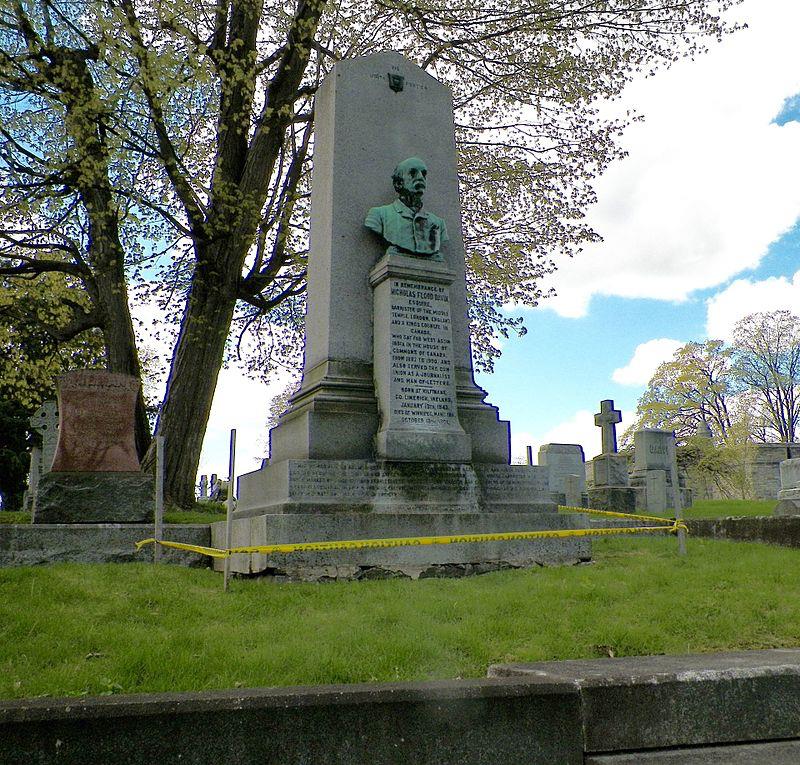
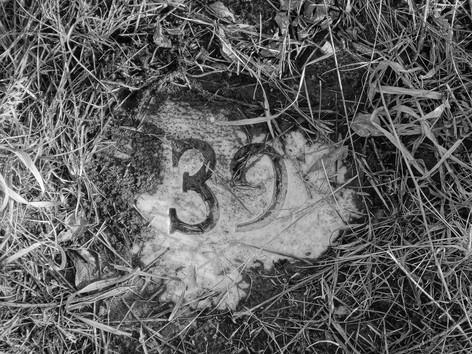

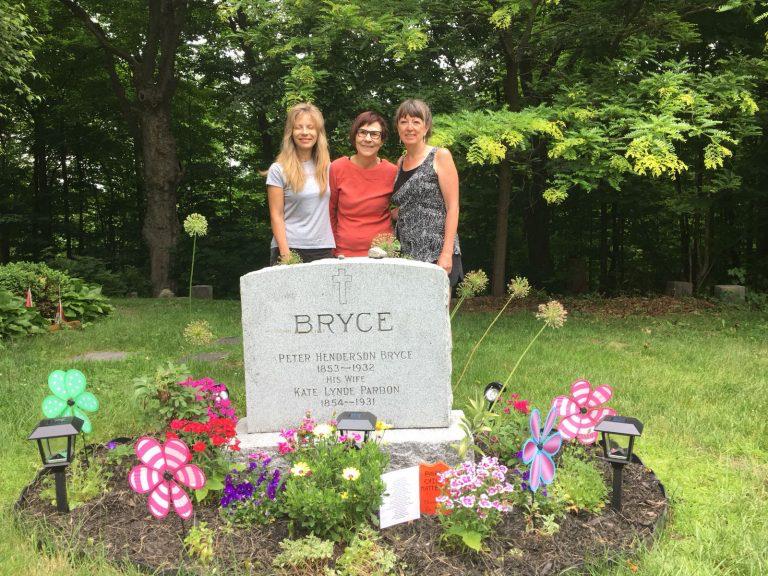
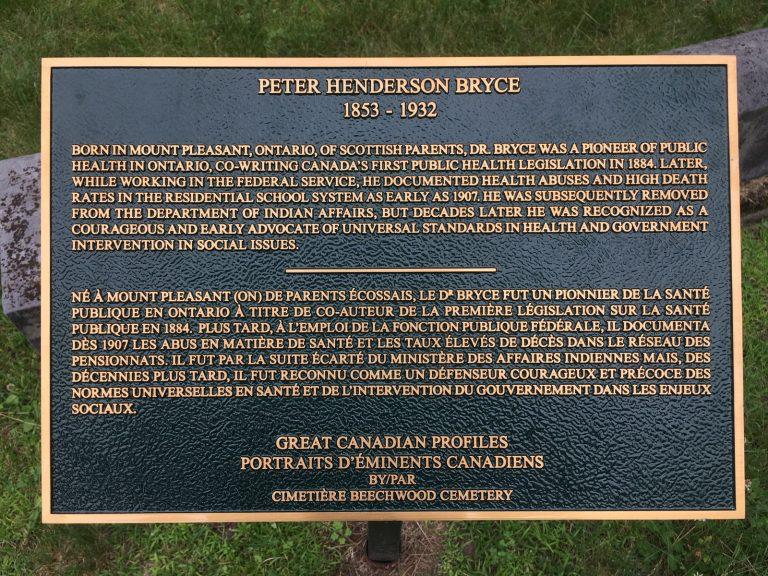

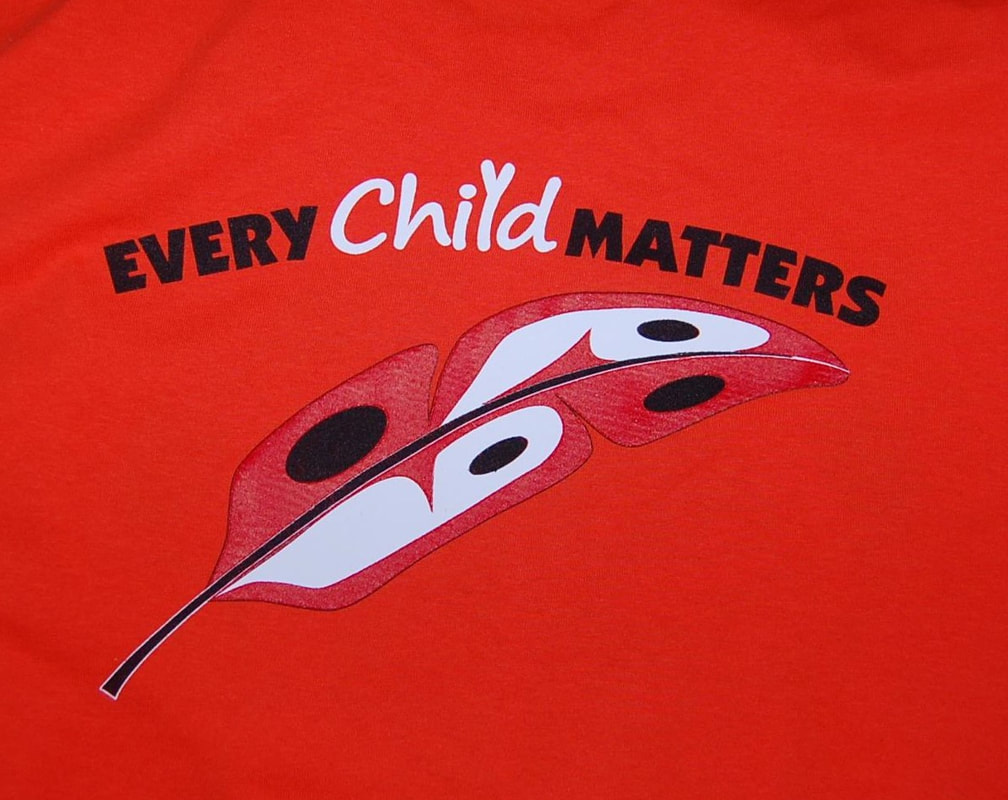
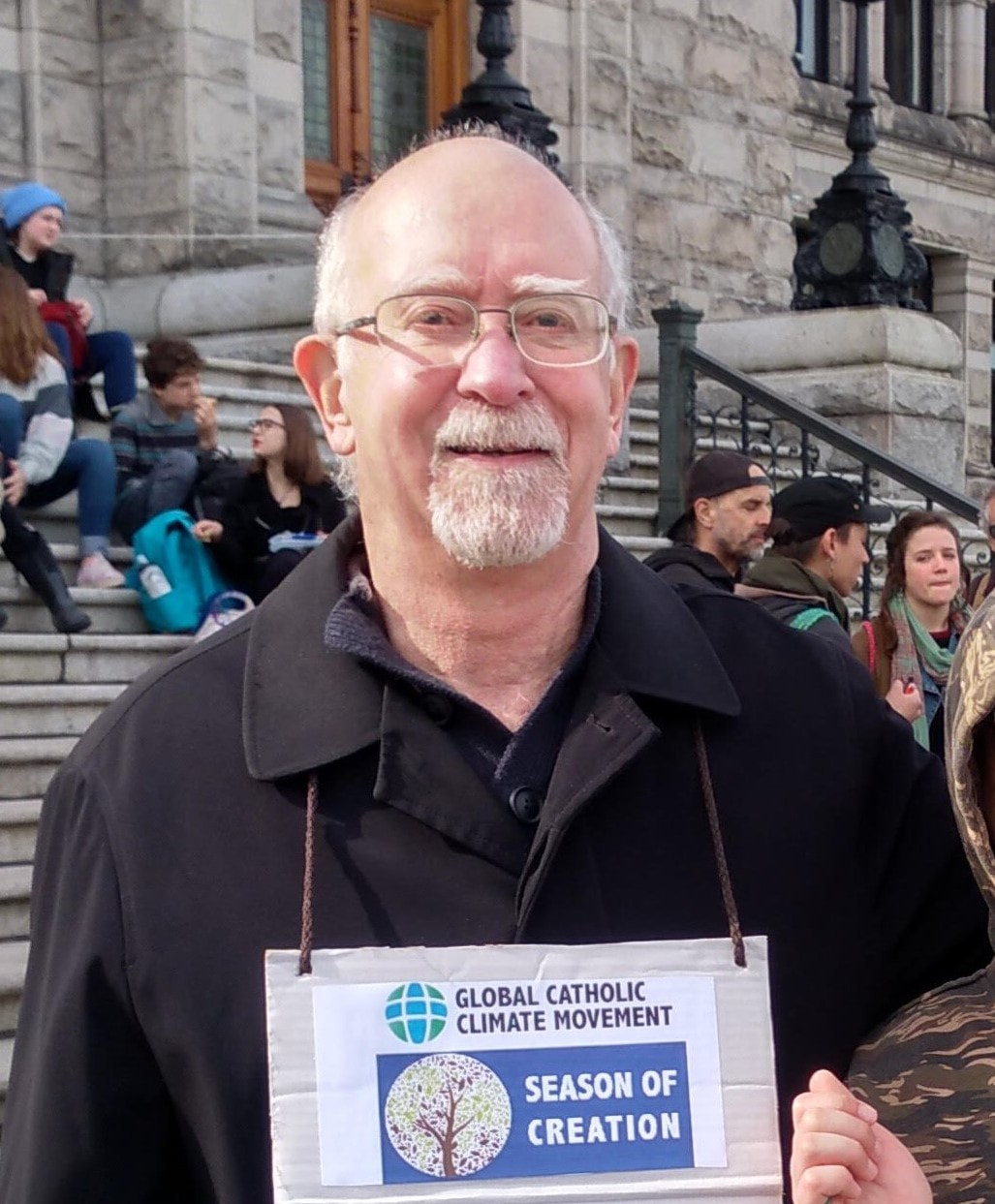

 RSS Feed
RSS Feed